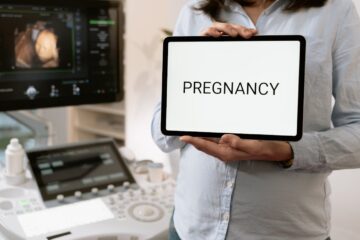
What is infertility?
Infertility is the inability to conceive after 12 months or more of regular attempts to conceive through sex without contraception.
There are two main types of infertility:
1. Primary infertility:
– Is not able to conceive at all.
It affects couples who have never been pregnant.
2. Secondary infertility:
– The inability to conceive after the couple has already conceived at least once.
– It can be caused by factors such as age or medical problems that occur after the first pregnancy.
Causes of infertility can be:
– In women: ovulation disorders, problems with the egg canal or uterus, chronic diseases.
– In men: a decrease in the number, movement or quality of sperm.
– Common causes: genetic factors, environmental factors, immune compatibility problems.
Symptoms of infertility
Symptoms of infertility may vary between men and women, but there are some general symptoms that may indicate a fertility problem:
For women:
– Irregular menstruation or absence of menstruation permanently
– Abnormal pain or bleeding during the course
– abnormal discharge of the vagina
– Pain or convulsions in the pelvis
– Unexplained weight gain or underweight
– Changes in hair or skin
For men:
– Difficulty or inability to erect
– Reduced libido
– Pain or swelling of the testicles
– Presence of lumps or pests in the testicular area
– Secretions of the penis
– Low volume and thickness of semen
In addition, there may be no obvious symptoms in some cases, and infertility may be detected during attempts to conceive without success for a long time.
What are the most common therapeutic options for infertility?

There are many more common therapeutic options for infertility, which can be explored in detail:
1. Drug Therapy:
– Treatment of hormone disorders such as thyroid disorders or pituitary gland
– Use of medications to stimulate ovulation in women
– Treatment of fertility in men such as hormone therapy or drugs to increase sperm production
2. Artificial fertilization:
– Intrauterine insemination (IUI): injection of sperm into the womb
– Fertilization in test tubes (IVF): outside the body, then implantation of fertilized egg in the womb
– ICSI: 1 sperm injected directly into the egg
3. Assisted reproductive techniques:
– Donation of eggs or sperm
– Alternative pregnancy or “rented abdomen”
– Freezing eggs or sperm for future use
4. Surgery:
– Repair defects in the reproductive channel
– Removal of tumors or blockages in the reproductive channel



0 Comments